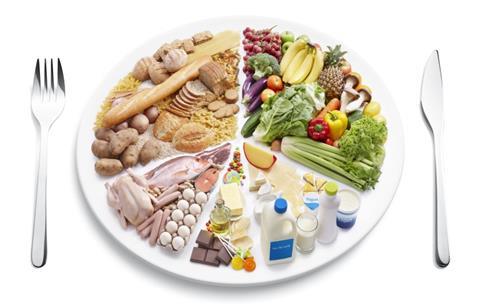According to a report from AHDB, based on recent Kantar figures, the number of British consumers claiming to be ‘flexitarian’, is once again allegedly on the rise, after this number fell throughout the pandemic.

The latest report from the Agriculture and Horticulture Development Board (AHDB) has suggested that main meals cooked at home are typically dominated by meat, fish and poultry, with 60% of all main meal occasions including these proteins.
Vegetarian meals that include eggs or dairy made up 23% of all main meals, whilst plant-based meals make up only 17% of main meal occasions.
All at-home meal types have been in growth since pre-Covid – meals including meat, fish and poultry which are reportedly up by 8% compared to 2020 whilst plant-based meals are up by 15%.
According to the data, 23% of consumers now claim to be following some form of meat reduction diet – up by 2% on a year ago. AHDB claims that this is not quite back to pre-pandemic levels yet, although heading in that direction.
Similarly, 16% of British consumers are flexitarians (up by 1.6% versus 2021), 5.6% are vegetarians (flat over time) and only 0.8% are vegan (up by 0.3%). AHDB said that although conscious reducers remain a small minority, they have gained share of the total population versus a year ago, mainly driven by flexitarians.
Health has returned as a key motivator for eating habits. It saw a dip in 2021 but is now back to Feb 2020 levels with 28.3% food occasions chosen for health, according to Kantar.
Demographic breakdown
According to Kantar, flexitarians tend to be more health conscious consumers. The data suggests they are 8% more likely to be concerned about health than the average consumer. They can be found all over the country although tend to over-index in London, and slightly over-index in young adults and retirees.
Flexitarians under-index in all proteins apart from fish compared to non-meat avoider consumers. Looking at their share of overall protein consumption, while they eat little fresh pork, processed pork makes up 30% of their consumption. Chicken is also an important protein for them accounting for 28.1% of their consumption and beef makes up a further 15.2%.
Compared to the pre-pandemic picture of two years ago, flexitarians are also consuming fewer cuts of beef like roasting joints, mince and steaks. However, burgers and grills and also marinated products are growing.
Roasting cuts of pork are up and conversely, flexitarians are consuming less sausages, bacon, ham and belly pork.
Health is reported as a prime motivator here, accounting for over half of why people claim to be reducing their meat consumption. Other studies including the AHDB/YouGov tracker indicate that environment also plays a key role.
This story was originally published on a previous version of the Meat Management website and so there may be some missing images and formatting issues.












